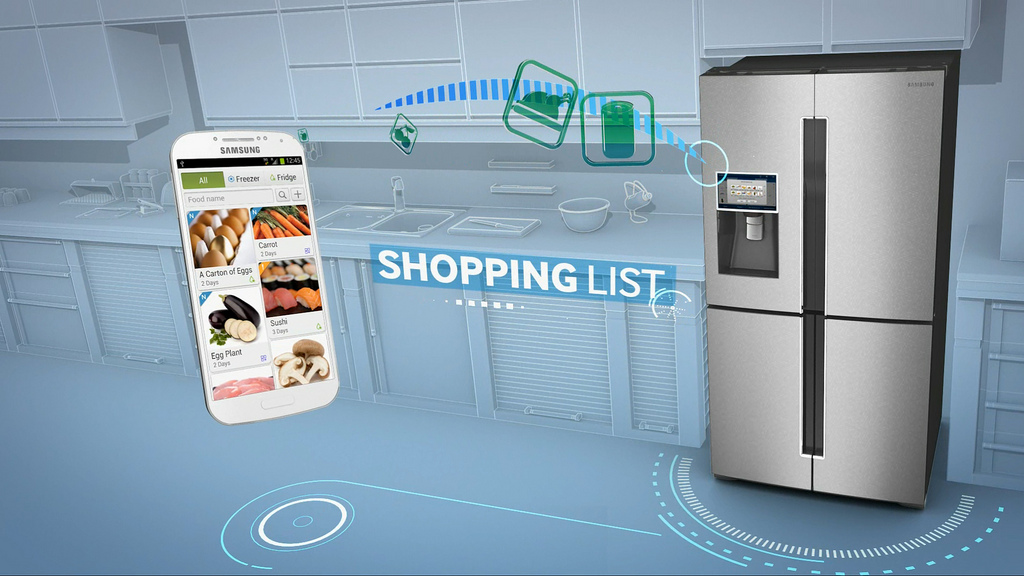Posts in Category: Digital Marketing
[VIDEO] How will Internet of Things change Brand and Consumer interaction? – YouTube
So, how will Internet of Things change brand and consumer interaction? It might be too early to predict! But, in this video, Jasmeet Sawhney, talks about some areas that are emerging that give us some insight into how it might impact brand and consumer interaction.
via: http://yiblab.com/how-internet-of-things-change-brand-consumer-interaction/
End of Google’s Growth, and 6 Online Advertising Issues You Need to Know – Published on Digital Doughnut
Alphabet/Google’s revenue continues to grow. In fact, earlier this year, it briefly surpassed Apple to become the most valuable public company. But, over the years, Google has reported one number that has left the advertising world wanting to know more. Since 2011, the average ‘ad cost’ continues to decline. In simple terms, Google is serving more and more ads every year, but each ad is earning company less and less. To someone in the online advertising world, this should not be news; online ad effectiveness has witnessed slow and steady decline over the years. The industry doesn’t want its customers to know about some underlying issues that are creating an online advertising bubble. Following six issues are a big reason for concern as there would likely be no turning back the moment advertisers get a grip of what is really happening.
1 – Perils of Technology & Automation
Yet, there is a much bigger irony at play – virtues of automation are becoming its own flaws.
Advertising technology has seen tremendous advancement in the past decade. From precise user tracking and matching algorithms to automation and programmatic buying, placing an ad now requires very little human effort. For most part, this has been a big boon for all stakeholders, but some cracks are starting to show. For one – advertisers took industry’s word on ad effectiveness, who in turn totally relied on advanced technology for their argument. If you look at ad performance over the years, it paints a completely different picture – online ad efficiency has been declining, and it has been declining for some of the most advanced online businesses who really know what they are doing. Yet, there is a much bigger irony at play – virtues of automation are becoming its own flaws. Automation has made it extremely cheap to plan and place ads on small/low quality websites, which has encouraged advertisers of all sizes to join in hordes without understanding anything about ad efficiency.
via End of Google’s Growth, and 6 Online Advertising Issues You Need to Know – Digital Doughnut.
When My Fridge Orders Milk – What Iot Revolution Means for Brand Marketing? – Published on Digital Doughnut
The Internet of Things has arrived
While some continue to write it off as futuristic, they are not acting any different from skeptics we had when mobile technologies were maturing. We all know what happened next – it took only couple of years for smartphones to change our lives. And, if mobile brought ‘change’, IOT will be nothing short of a transformation. Only a couple of years ago, impact of IOT didn’t seem much. But, then, almost instantly, mobile, web 2.0, and connectivity technologies became ubiquitous and inexpensive. Technologies like Wi-Fi, NFC, RFID, and sensor tags now make economic sense for widespread use. These technologies when added to everyday products enable massive data exchanges, and make it possible for brands to deliver dynamic services.
According to Cisco Systems, 15 billion connected devices already exist, and the number will reach 50 billion by 2020. Intel is even more bullish and predicts 200 billion connected devices by 2020. But, another number from Cisco puts things in better perspective, i.e., 98% of all physical devices will be part of the Internet of Things ecosystem. While most people only think about the obvious IOT candidates such as cars, consumer electronics, and appliances, these make up a very small percentage of trillions of consumer products sold every year. The biggest opportunity for marketers is in dumb products that will become part of the IOT ecosystem via smart packaging and software.
via When My Fridge Orders Milk – What Iot Revolution Means for Brand Marketing? – Digital Doughnut.
The Top 20 Ways To Naturally Generate Backlinks in 2016 – Published on Inet Solutions
Infographics + Memes & Visual Messages
Jasmeet Sawhney, CEO of YibLab, had two solutions to inbound links generation – one for B2B companies and one for B2C companies:
Generating inbound links requires businesses to constantly create a mix of different types of content that their audience would love to share. But, there are two specific types of content that perform the best for our B2B and B2C clients:
Infographics (for B2B companies) – The best way to generate inbound links for our B2B customers has been infographics. In a world where everyone is overwhelmed with content, getting a visual summary of a topic along with some stats is a treat. That’s exactly why infographics are so popular, and have extremely high re-publish rate. The SEO value of infographics embedded on relevant external sites is immense, which is further amplified by loads of referral traffic.
Memes and visual messages (for B2C companies) – Memes, animated gifs and text messages on a graphical background work extremely well for companies trying to engage their customer audience. These are simple and cheap to create and get shared a lot. Of course, the graphics and messaging have to be relevant to the product or service the business is selling. Memes and visual messages that mix in humor perform even better and get reposted a lot.
via The Top 20 Ways To Naturally Generate Backlinks in 2016 | Inet Solutions.






